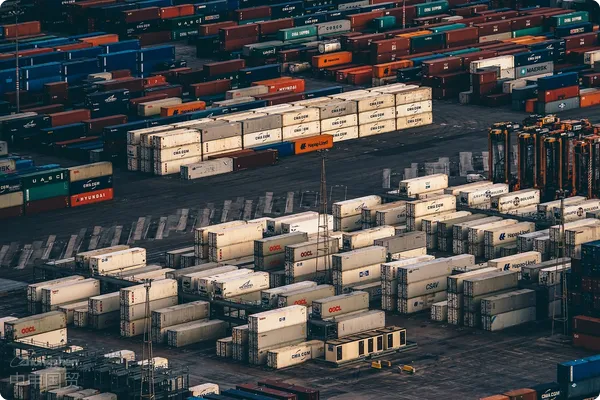- Shanghai Zhongshen International Trade Co., Ltd. - Two decades of trade agency expertise.
- Service Hotline: 139 1787 2118

Equipment ImportsFour Major Practical Challenges in Customs Clearance
According to data from the General Administration of Customs in 2025, the error rate in import declarations for mechanical and electrical equipment reached as high as 23%, with 72% of the declaration issues concentrated in HS code misclassification and disputes over dutiable value. AMedical EquipmentThe importing company incorrectly declared the motor power parameters, resulting in the equipment being detained at the port for 28 days and incurring overdue storage fees of 120,000 yuan. This highlights the necessity of professional customs declaration agency services:
- Technical Parameter Interpretation Barrier: The functional description of non-standard equipment is difficult to match with the customs classification catalog.
- Document completeness requirements: The new electronic verification system for origin declarations will be introduced in 2025.
- Risk of timeliness: The 48-hour fast-release window for automated inspection channels
- Compliance cost control: Changes in Tax Base Calculation Brought by New Regulations on Royalty Declarations
Comprehensive Analysis of the Value Chain in Professional Agency Services
The core competency of a premium customs brokerage agency is reflected in over 30 risk control nodes throughout the entire process. Taking the import of semiconductor equipment as an example, the agency intervened in the project three months in advance and completed the following key actions:
- Pre - classification stage
- Compare the revised entries in the 2025 edition of the "Explanatory Notes on the Tariff of Electromechanical Products."
- Prepare 3 sets of alternative classification schemes and legal basis document packages.
- Document preparation stage
- Identify the correspondence between EU CE certification and domestic mandatory certification.
- Convert the customs-related parameters in technical drawings (such as laser wavelength accuracy).
- Customs Clearance Implementation Stage
- Apply the classification advance ruling mechanism to determine the tariff code.
- Design a "device + accessories" batch declaration plan to save 12% on tariffs.
Key Points for the 2025 Customs Declaration System Upgrade
The new version of the International Trade Single Window 3.0 system will be fully launched in Q2 2025, bringing three major changes:
- Mandatory upload of electronic accompanying documents: The technical parameter sheet must bear a bilingual (Chinese and foreign language) counter-signature seal across the edges.
- Enhanced Application of Intelligent Image Review: Automated Comparison of Industrial Equipment X-ray Imaging with Declared Data
- Credit Linkage Mechanism: AEO-certified enterprises enjoy the "release upon declaration" channel.
The core evaluation dimensions for selecting an agency
It is recommended that enterprises evaluate customs declaration service providers from four aspects:
- Customs Qualification Matrix:
- Customs AEO Advanced Certification qualification
- Approval and Filing of Special Items for Entry and Exit
- Industry case database:
- Successful Cases of Importing Similar Equipment
- Records of Successful Classification Dispute Resolution
- Service response mechanisms:
- 7×24 Emergency Response Team
- On-site port coordination capability
- Cost Transparency:
- Itemized Quotation Listing Service Details
- Cap clause for unforeseen expenses
Three practical strategies for risk prevention
According to the latest customs administrative penalty cases in 2025, it is recommended that enterprises focus on:
- Technical compliance: Imported used mechanical and electrical equipment requires obtaining a pre-shipment inspection certificate in advance.
- Legal compliance: Cross-border leasing of equipment requires the declaration of royalty fees.
- Timeliness Compliance: Utilize the "two-step declaration" mechanism to shorten customs clearance time
After adopting professional agency services, an automotive manufacturing company reduced the customs clearance time for imported stamping equipment from 15 days to 3 days, increased the success rate of handling classification disputes to 91%, and lowered annual port demurrage costs by 67%. This demonstrates the strategic value of selecting high-quality customs brokerage services in equipment imports.
Related Recommendations
? 2025. All Rights Reserved. Shanghai ICP No. 2023007705-2  PSB Record: Shanghai No.31011502009912
PSB Record: Shanghai No.31011502009912










